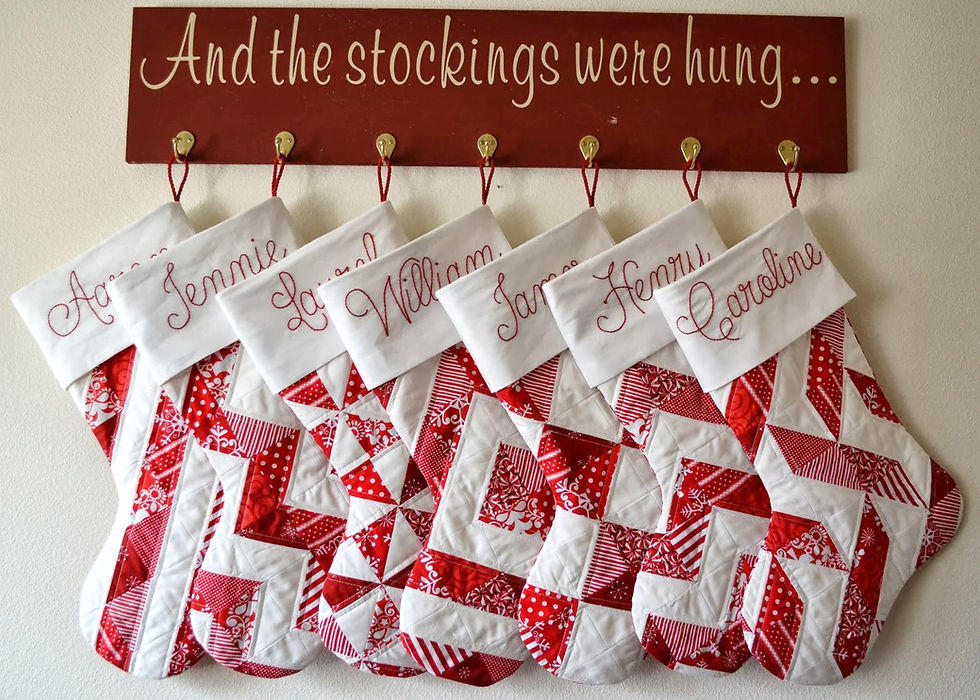Sew Easy Grow Bags for Your Garden
- Susan

- Mar 3, 2024
- 2 min read
Updated: Apr 3, 2024

Sew your own grow bags from landscape fabric using this easy pattern and video tutorial. Grow bags have gained popularity in recent years due to their ability to address various gardening challenges. Constructed from lightweight and durable fabric, they are cost-effective to manufacture and can be conveniently folded for compact storage.
These versatile bags are suitable for a range of plants, including annual flowers and vegetables, as well as perennials intended for overwintering in protected areas. Many people use them for growing food crops such as salad greens, herbs, carrots, and tomatoes, along with placing annual flowers strategically throughout the garden.
One of the key advantages of grow bags is their adjustable depth. By rolling down the sides, you can customize the depth to suit your plants' requirements, utilizing only the necessary amount of potting mix.
Furthermore, small and medium-sized grow bags offer additional flexibility. They can be hung on fences, gates, or the sides of raised beds, serving both decorative and space-maximizing purposes.
At the end of the growing season, grow bags can be emptied and folded up, requiring minimal storage space. This makes them a practical and convenient option for gardeners of all levels.
Melissa J. Will a.k.a. the Empress of Dirt shares her free video instructions to sew fabric grow bags of any size – small, medium, large, or extra-large – tailored for your patio, balcony, or garden. These lightweight, affordable, and easily storable alternatives to cumbersome plastic pots are a savvy choice.
Watch How to Sew Easy Grow Bags for Your Garden:
Here are some popular vegetables to grow in grow bags:
Salad Greens: Lettuce, spinach, arugula, and other leafy greens thrive in grow bags due to their shallow root systems and quick growth.
Herbs: Culinary herbs like basil, parsley, cilantro, and mint do well in grow bags, providing fresh flavors for cooking and garnishing.
Tomatoes: Compact varieties of tomatoes, such as cherry or patio tomatoes, can be successfully grown in grow bags. Ensure proper support for taller varieties.
Carrots: Grow bags provide ample depth for carrot roots to develop without obstruction, resulting in straight and uniform carrots.
Radishes: Quick-growing radishes are well-suited for grow bags, especially in cooler climates where they can be harvested early.
Peppers: Bell peppers, chili peppers, and other pepper varieties can thrive in grow bags, provided they receive sufficient sunlight and warmth.
Beans: Bush beans or dwarf varieties of pole beans can be grown in grow bags, offering a compact alternative to traditional garden beds.
Scallions and Onions: These bulbous vegetables are suitable for grow bags, especially if space is limited in the garden.
Potatoes: Grow bags can accommodate potato plants, allowing for easy harvesting of the tubers at the end of the season.
Cucumbers: Compact bush varieties of cucumbers can be grown vertically in grow bags, utilizing trellises or stakes for support.
Ultimately, the suitability of vegetables for grow bags depends on factors such as the size of the bag, the vegetable's root system, sunlight requirements, and climate conditions. Experimenting with different vegetables can lead to a bountiful harvest and a diverse garden.
Sewing tip: USE UV resistant thread!




























